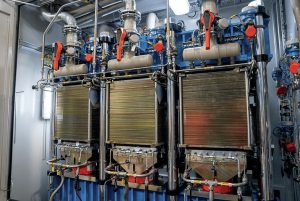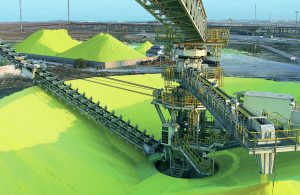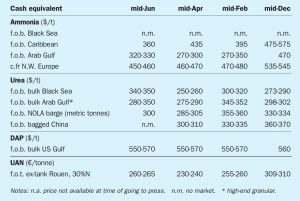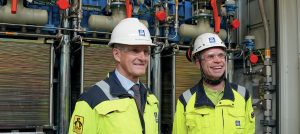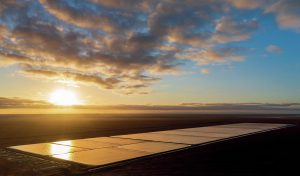
New SOP capacity – reality bites
The prospect of a drastic expansion in potassium sulphate production has been linked to a plethora of projects in Australia, Ethiopia, and Eritrea. These have sought to take advantage of market tightness and high price premiums. Yet investor interest in supposedly promising projects has waned over the last few years. In this insight article, CRU’s Alexander Chreky explains the reasons behind the high project failure rate, as well as highlighting some limited successes.


